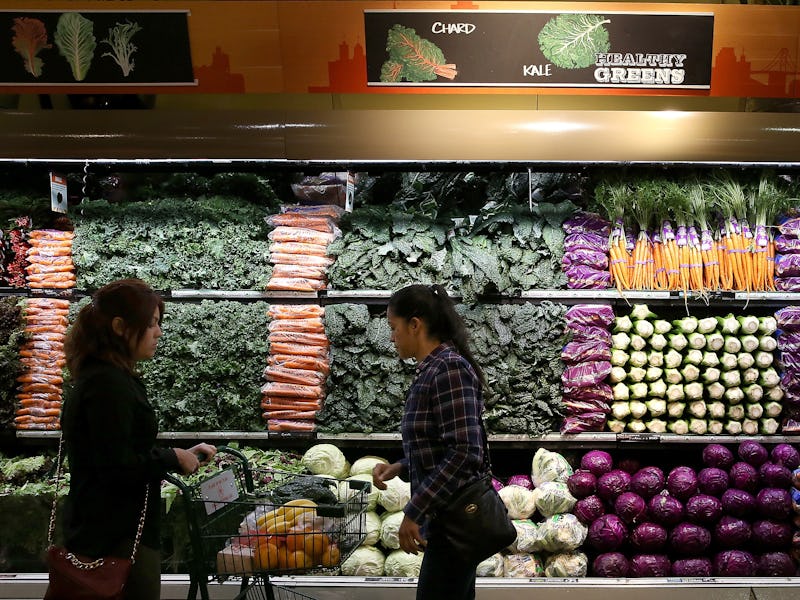Food Porn Is Creating an Ugly Food Gold Rush Potentially Worth Billions
We're paying billions for beauty where it doesn't count.

When it comes to produce, beauty does have a price. And it is steep. Each year, up to 20 percent of American produce goes to waste because it isn’t pretty, according to Ben Chesler of ugly food purveyors Imperfect Produce. And he should know: His company buys up the rejects, reselling them to Californian consumers less concerned with looks than costs. How much are his customers avoiding in cosmetic markup?
The cost of discarding ugly food varies with the crop, Chesler told Inverse, recounting the story of an Imperfect Foods employee who picked cherries at a farm that could only sell the best-looking 40 percent of its fruit to Whole Foods. “They think consumers only want the perfect stuff,” he says, adding that they’re demonstrably wrong. Imperfect Produce has enjoyed continuous growth since its launch earlier this year. Buyers may like the “perfect” stuff, but they don’t dig the markup.
“The best research we have is that 20 percent of the produce grown on farms isn’t making it to a human mouth,” Chesler explains. (By the Natural Resources Defense Council’s estimate, it’s closer to 40 percent.) “As a result,” he says, “the 80 percent of the produce that does get out there is priced, basically, to make up for the 20 percent. So that would be about 25 percent higher.”
Unfortunately, there isn’t data to show exactly how much American wastage is due to ugliness (actual damage occurs too), but it’s not a stretch to say that it makes up a big part.
By the NRDC’s estimate, $165 billion worth of food goes to waste each year. If farmers spend $397.6 billion on agricultural costs, as the U.S. Department of Agriculture reported in 2014, then the NRDC’s calculations are right — America throws out about 41 percent of the food it produces.
Last year, we spent $638,338 billion on groceries, according to the Food Marketing Institute. If that represents the cost of food plus a 25 percent markup, the actual cost of normal-looking food would hover somewhere around $510,670 billion. That means we’re paying $232.6 billion for beauty.
As Chesler pointed out, the numbers aren’t precise because nobody’s really keeping tabs on cosmetic costs, specifically. But the sheer scale of the numbers suggests that we should. And the price we’re paying isn’t just monetary, he points out: 10 percent of our energy budget and 80 percent of our freshwater goes to getting food from farms to our plates.
The fact that Imperfect Food is growing is reason to be optimistic — and not just for Chesler’s economic future. Dismantling our preconceptions of what we think constitutes good food — and replacing them with the less superficial reality — will take time, but realizing how much money we’re wasting on needless beauty might help move things along.